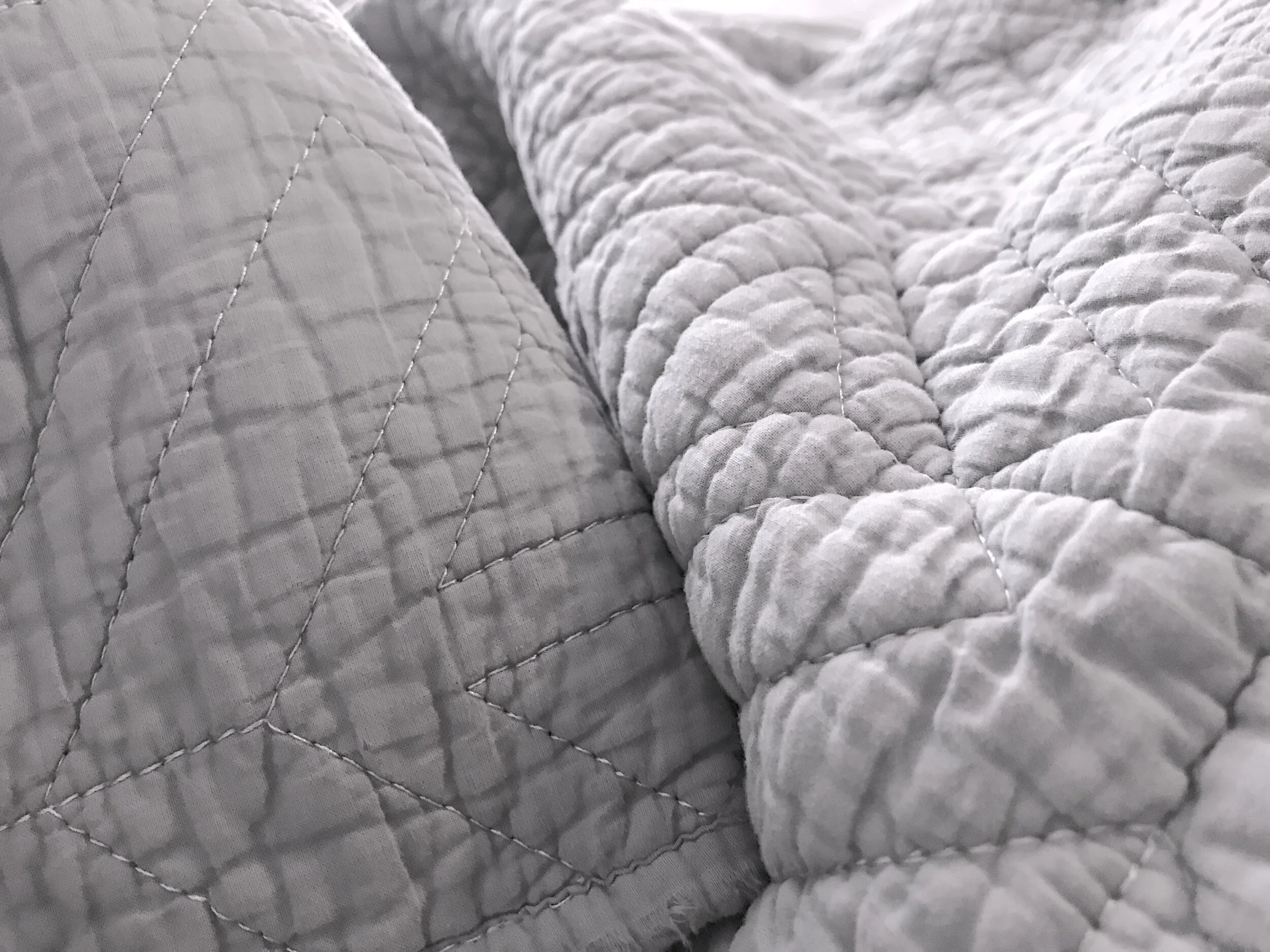We Finally Found a Natural Fabric Dye For All Your DIY Dreams: Introducing Bengala Mud Dye
Back in our high school days, my sister and I did all sorts of DIY dye crafts. We dyed scarves, swimsuits, shoes, and more.
We used all the standard all-purpose dyes (Rit, iDye and Dylon) but the more we looked into the ingredients (or rather, lack of ingredient transparency) the more we realized we needed to find something a bit more natural.
Besides being taxing on the environment, most all-purpose dyes use chemicals extracted from coal/petroleum—not exactly the safest of substances. Synthetic dyes are also especially dangerous to those involved in their production. I scoured Rit, iDye and Dylon’s websites to see if I could find any details about if their overseas manufacturing processes. The information was sub par, which is especially worrisome in regards to the safety and ethics.
Now, I know there are TONS of plant dye recipes online, but those are rather time consuming. In all honesty, I wanted something that gave me the freedom (and speed) of all purpose dyes, without the chemicals.
When I finally stumbled upon Bengala Mud Dye I was beyond thrilled. Here are the details.
Bengala is a mineral mud dye that is both natural and sustainable. Bengala dye has been around since the Stone Age—the mineral pigment in Bengala is actually the same pigment used in the ancient Lascaux cave art. The mud dyes comes in 23 earthy shades and works on cotton, linen, hemp, silk, wool, rayon, polyester, and fiber blends. Using Bengala dye is a bit different than your typical synthetic dye experience, here’s a neat tutorial video from the company I ordered from (Loop of the Loom) for a bit of reference. Cotton dyed with Bengala still passes all of the GOTS certifications, which is wonderful!
I tried my first bathc with Bengala dye on a yellowing, cotton quilt. It was something I’d been wanting to upcycle for quite sometime.
Oh, it turned out so stunning, here’s a glimpse of the beautiful earthy-gray.
What I Love About It | As a more chemically-conscious mama, I love that there are no synthetics in the dye solution. Plus, I like that you don’t even need to use heated water to activate the dying color (Bengala would make a great kid-friendly craft). Bengala is also wonderfully ecofriendly—any excess Bengala Mud Dye can be poured straight into the soil in your own backyard.
Price | $25 for one 200 ml bottle
Instructions | Before you start, you’ll want to determine which type of fabric fibers you want to dye. Are you working with wool, corduroy, or jersey cotton? Those types of fabrics are going to absorb far more dye than something like silk or a blended synthetic.
Next, you’ll want to order the right amount of Bengala dye. For reference, I needed to use five 200 ml bottles of Bengala to dye this queen-sized cotton quilt. If you are doing smaller dye job (like five or so shirts) I’d recommend using one bottle.
Wash the piece you intend to dye. Use the hottest water that the fabric can tolerate.
For deeper richer colors you’ll want to pre-treat your fabric. FYI I didn’t pretreat the quilt (I just washed it with Apple Cider Vinegar beforehand) but I think a true pretreatment would’ve made for an even bolder gray.
Fill your washing machine with just enough water to cover your item.
Shake each Bengala packet really, really well until it looks like one consistent color. Then, add the dye solution to the water in your washing machine and mix it thoroughly.
Dampen the item you intend to dry. Then dip it into to the washing machine water for 3-5 minutes or until the shade you want is achieved. Just be mindful that the fabric will look a bit darker since it is wet.
If the water in your washing machine becomes clear, you can add more dye.
Remove your item from the dye vat and roll in a towel (or a couple of towels to) to absorb excess moisture. Hang dry in the sun.
Let the recently-dyed item dry completely before you rinse it out.
Orgins | Bengala dye comes from a small, family-run business named Kosyokunobi. The parent company (Nakajima Co) was founded in 1965, in Japan. During that time, most of the Bengala dye was used for temples, shrines, and wood art. In 1991, the company began using the soil to create textile-ready dyes.
Woot! Woot! Do you have plans to use Bengala anytime soon? If so, DM my sister and I on Instagram @CalmandChic and share you’re big dye plans. We want to hear all about it.
I’m planning on purchasing their lush Ajisai colored dye to revamp some baby-stained clothing that Baby “A” inherited from Hazel’s kiddos. I’ll make sure to post a link when I do.
XOXO,
Lemon





